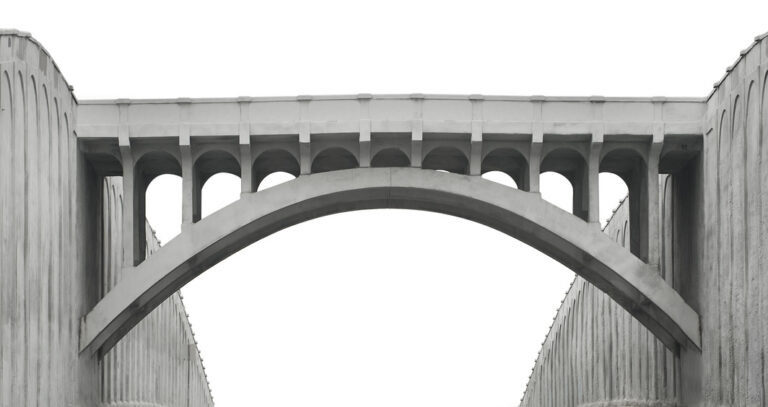
SWOT Analysis.
As promised in this previous article, we will analyze, through DHL International Supply Chain, each Asian textile producing country in terms of their strengths, weaknesses, opportunities they offer and threats they represent. Supplementary infographics here.
I hope you will find it useful to “make textile sourcing in Asia easier”.
Bangladesh
Strengths
- Dynamic population
- Available labor
- Pro-business government
- Garment represents 80% of Bangladesh export
- The third largest garment export in the world in 2013.
Weaknesses
- Lack of / unstable supply of electricity
- High inflation
- Poor infrastructure, road network
- Unreliable internet services
- Distance to port
- Lack of land space
- Security concerns
Opportunities
- Low cost to serve, low labor rates
- Ongoing development within EPZ
- Skilled in apparel
- Developing agricultural and frozen food exports
- Attention to security measures improvement
Threats
- Unreliable supply of electricity
- Lack of transparency in regulatory environment
- Lower education levels across population
- Overall inefficiency in lead times and clearance times at ports
Cambodia
Strengths
- Young, dynamic population
- Abundant labor available
- High GDP growth
- Pro-business government
- Land availability
- Stable inflation rate
Weaknesses
- Poor infrastructure in road network
- High communication costs
- Unreliable internet services
- Security concerns
- Distance to port, security issues
- High electricity and water costs
Opportunities
- Skilled labor available
- Good access to Bangkok and Ho Chi Minh through Southern Economic Corridor
- Cross border market, imports from Vietnam
- Barging opportunities via Southern Vietnam Ports
- Strong apparel experience
Threats
- Very high electricity costs
- Lack of transparency in regulatory environment
- Continuing corruption
- Lower education levels across population
India
Strengths
- The second largest population in the world
- Abundant labor
- Availability of skilled labor
- Government focus on promoting contract manufacturing and export
- Large pool of suppliers for contract manufacturing
Weaknesses
- Poor infrastructure
- Road and Rail network
- Port congestion and traffic delays
- High inflation
- Unstable currency exchange rate
- Complicated customs process
Opportunities
- Fast growing market supported by large population
- Rich labor availability
- Government kicked off “Made in India” campaign to promote investments
- Development focus on infrastructure
Threats
- Fluctuating currency
- Increasing labor cost
- Challenging customs environment
Indonesia
Strengths
- Large population
- Steady GDP growth
- Government investment in transportation infrastructure network
- Heavy agricultural economy, diverse geography
- Rich natural resources
Weaknesses
- Security risks
- High levels of corruption, lack of transparency in regulatory environment/li>
- Long clearance and dwell times at Indonesia ports
- Port congestion and traffic delays
- Considered one of highest logistics costs countries in the world, estimate as % of GDP 24-26%
Opportunities
- One of world’s fastest growing, developing economies
- High interest by the government on foreign investors
- Infrastructure port and inland development investments
- Improving transportation related technologies such as GPS / bar coding systems to address security risks
- Developing commodities sectors, apparel, footwear and homeware
Threats
- Continuing corruption
- High communication costs, internet infrastructure unstable / unreliable
- High staff turnover, challenges related to higher unemployment rate
- Unavailability of large pool of qualified labor
- Challenging customs environment
Myanmar
Strengths
- Hard working, dynamic population
- Abundantly available labor at the lowest cost amongst ASEAN countries
- Government focus on promoting export and contract manufacturing
Weaknesses
- Poor infrastructure, road network
- Lack of electricity
- Lack of skilled labor
- Immature regulatory environment
- Large gap of skilled labor pool and infrastructure between regions
Opportunities
- Available labor
- Low cost of export
- Rapid development of investment after the lifting of the economic sanctions
- Improving export process since 2013. Change of requirement resulted in 20% less time to export than before
- Rich natural resources
Threats
- Unreliable supply of electricity
- Poor infrastructure slows down supply chain
- Human right related regulations are under development
- Lack of transparency in regulatory environment
- Lack of experienced labor
Pakistan
Strengths
- Large and young population
- Low cost labor – abundant
- Traditionally strong in textile
- Large pool of suppliers for contract manufacturing
Weaknesses
- Poor infrastructure
- Lack of electricity supply
- Prolonged economic slump
- Political instability
- Security concerns
Opportunities
- Rich labor pool
- Lower cost compared to India
- Pakistan received a $6.6 billion loan from IMF in 2013, expected to stabilize economy and improve supply of electricity
Threats
- Unstable electricity supply
- High communication cost
- Poor infrastructure
- Political instability does not improve security
Sri Lanka
Strengths
- Expertise and development in the apparel market
- Available labor
- Current education with high levels of literacy, English proficiency and IT skills
- Strategic location on major trade route to India, East/South East Asia, Middle East, Europe and Oceania
- Political stability (after 2009)
Weaknesses
- Government perceived as difficult to do business with; complex taxes, contract enforcement and permit applications, approvals
- Poor infrastructure
- Relatively small market compared to other developing countries in the region
- Labor and port strikes related to challenges
- High costs of logistics
Opportunities
- High investment and focus on apparel market, developing expertise in this area
- Initiatives to improve ease of doing business and investments ongoing
- Rapid growing market
- Significant progress on major infrastructure development plans
Threats
- Increasing cost of labor and electricity
- Short supply of labor
- Complex customs environment, slow clearance and dwell times in and out of sea and air ports
- Poor road and rail infrastructure, high associated costs
- Increasing labor costs giving Bangladesh strong cost advantage for Apparel manufacture
Vietnam
Strengths
- Young, dynamic population
- Highly skilled workforce
- High literacy rate, education
- Multi-modal transportation market
- Diverse agricultural market
- Steady GDP growth
Weaknesses
- Lack of transparency in regulatory environment
- Bureaucratic decision making environment
- Lack of infrastructure in road network
- Lack of transparency on customs environment
- Communication costs, remote areas
Opportunities
- Developing port, infrastructure development
- Cross-border market trade with Cambodia, Laos, Thailand
- Future FTZ opportunities
- Overseas factory investments
- Maturing logistics market, increased presence of MNC players
Threats
- High inflation rate, currency devaluation
- Increasing cost of labor
- Short supply of labor
- Dependence on export market
- Continuing corruption
- Highly fragmented logistics market
- High logistics costs as % of GDP, estimate 20-25%















































[…] June 26, 2015 […]